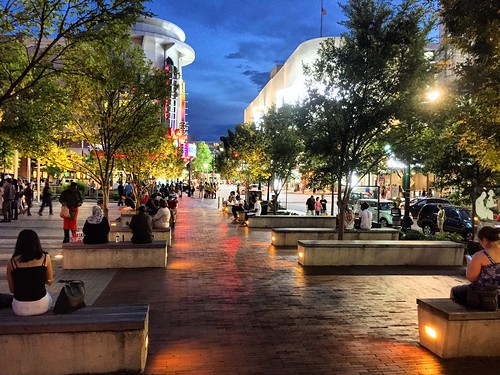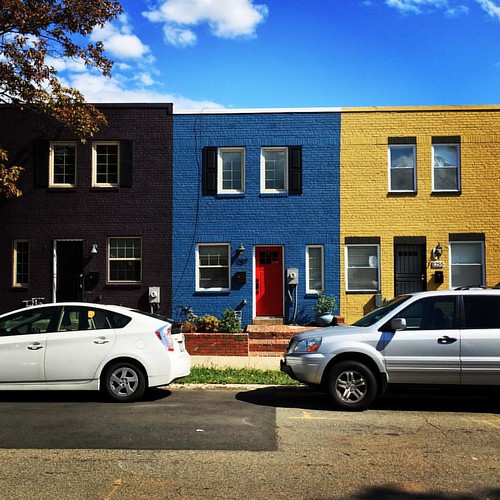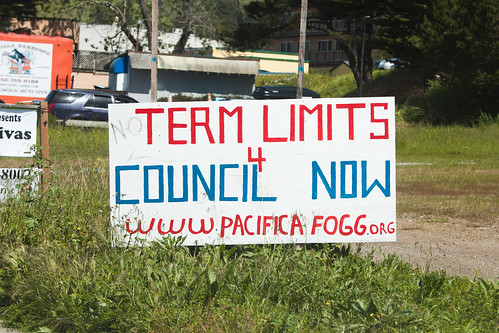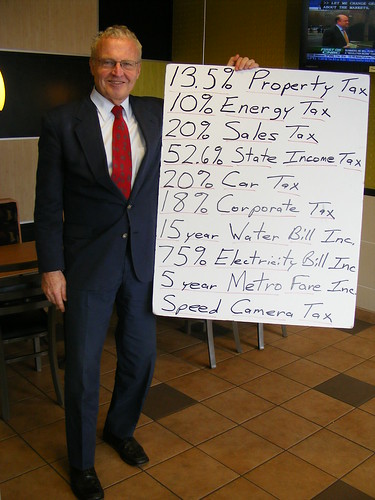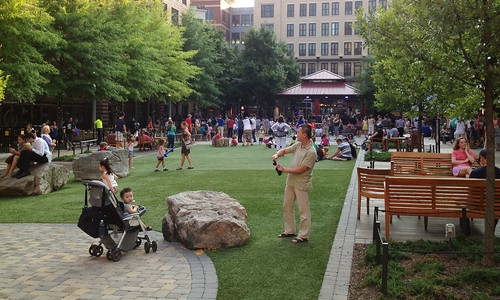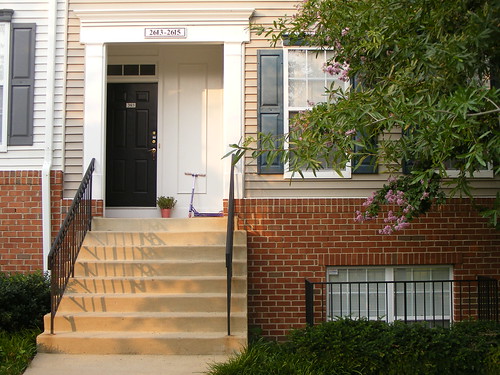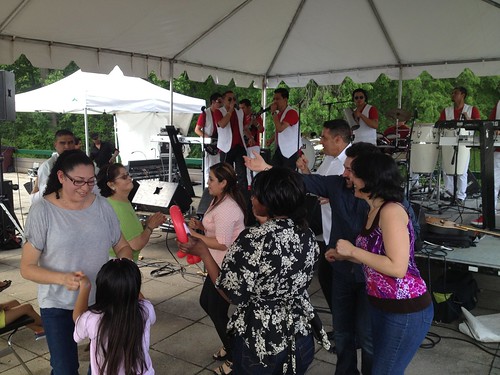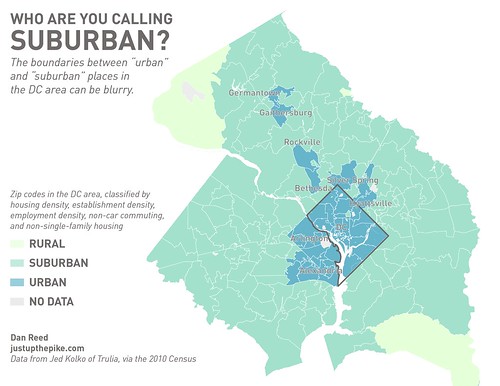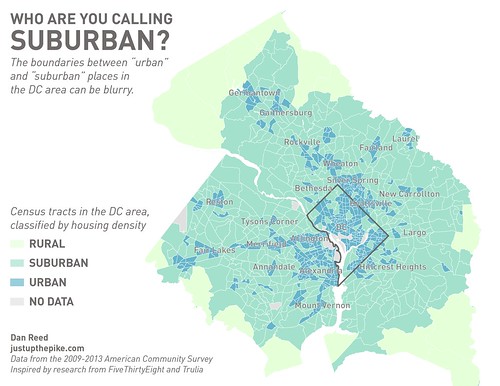Suburban building types like McMansions and strip malls are often derided for being cheap and disposable. But those things also make them great place for innovating in food, music, or even technology.
 |
| A not-so-unlikely place for innovation. Photo from Google Street View. |
Last year, the federal government hired a secret startup called Marketplace Lite to rebuild Healthcare.gov, the failing website where Americans could buy health insurance under the Affordable Care Act. As they were working under a tight deadline, the team of young programmers needed a cheap place to work and, ideally, sleep.
They found it in this rented house on a cul-de-sac in Ellicott City, in Howard County, which the Atlantic
wrote about last summer. The story shrugs off the vinyl-sided Colonial house as "forgettable," but you could argue it was actually tailor-made for a project like this.
Why? For starters, the house was close to the Centers for Medicaid and Medical Services, the government agency responsible for Healthcare.gov. Like many big government agencies in the Baltimore-Washington area, CMMS has a big, secure suburban office campus.
The house itself lent itself to the effort too. Most newish suburban builder homes have an open floorplan with few interior walls, which makes a good space for several people to work and collaborate. Designed for large families, the house also has several bedrooms and bathrooms, meaning it could sleep several people comfortably.
A
quick search on Craiglist shows that similar houses in Ellicott City rent
for about $2800 a month, suggesting that it was also much cheaper than the alternative: renting a block of hotel rooms.
There's no shortage of media saying that young people
are moving to urban environments. And not long ago, people seeking cheap, functional space to make websites or music or art or anything else might seek out an old warehouse, a loft, or even a rowhouse in a down-and-out inner-city neighborhood.
That's no longer really an option in the DC area, with its high prices and lack of old industrial buildings. Ironically, the things that people deride about suburban buildings (cheaply built, cookie-cutter, excessive space) also make them great, affordable incubators to do or make things.
Take
Rainbow Mansion, the group home for tech workers in Silicon Valley. Or the DC area's many strip malls filled with immigrant businesses, from
Falls Church to
Langley Park.
Or punk houses. In many cities, but especially the DC area, the punk scene is really a suburban scene, centering on
affordable, modest houses in untrendy locations where people can make loud music and be left alone. The recent book (and blog) Hardcore Architecture
sought out the houses where 1980s punk and metal bands operated, and found them in split-level houses in places like
Rockville and
Annandale.
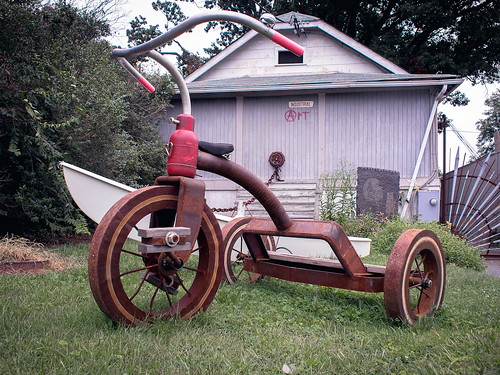 |
| >Old suburban houses like this one in Colesville are a draw for artists and punks. Photo by Andrew Benson on Flickr. |
As urban real estate becomes more expensive and the tide of suburban sprawl moves out, the people who want to make things get pushed out too. In the 1990s, local punk institution Teen-Beat Records set up in
this Ballston bungalow, but it's since been
razed and replaced with a bigger, $900,000 house. Today, you'll find
punks and
artists in places like Colesville, a community in eastern Montgomery County known for sprawling lots and big, 1960s-era houses that have become relatively affordable as they've aged.
Of course, these places weren't intended for punk houses and Internet startups. Creative types may face major barriers, like restrictions on running a home business, or difficulty getting permits to use a building for something it wasn't designed for. (Naturally, many people just go and do it anyway.) Of course, these farther-out suburban places can be hard to reach without a car.
Most suburban counties tend to focus on attracting big businesses, like Marriott. But they may also want to look at the start-ups, immigrant businesses, musicians, and makers who have already set up there. They're already contributing to the local economy, but they also help create local culture and a sense of place.











